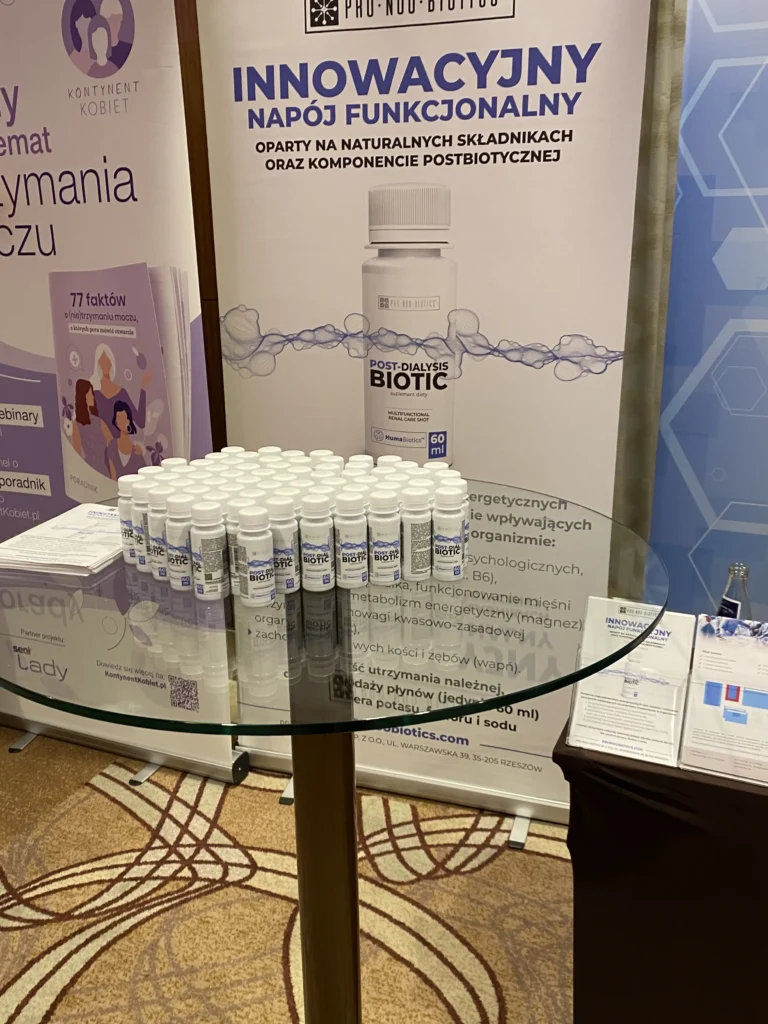
What are microbes?
Microbes, or microbes, also known as microorganisms, are living organisms that cannot be seen with the naked eye. To identify them, we usually need a microscope.
The very concept of microbes is actually too general, as it refers to different forms, different characteristics and sizes of microorganisms.
Types of microbes
Among others, we distinguish the following microbes:
- Fungi are unicellular or multicellular organisms with a nucleus and a cell wall made of chitin and membrane-bound organelles, including mitochondria. Unlike plants, fungi cannot feed themselves. This group includes yeasts, molds and fruiting bodies (such as edible mushrooms).
- Archeons are microscopic, single-celled organisms that do not have a nucleus. They are surrounded by an outer membrane consisting of lipids. From the outside, archaeons resemble bacteria somewhat - they can be similar in size and shape.
- Bacteria are microscopic, single-celled organisms that lack a nucleus and have a cell wall composed of peptidoglycan. Bacteria are a huge and extremely diverse group - they have different shapes, sizes, features and live in almost any environment.
- Viruses are microscopic particles made of nucleic acids, proteins and sometimes lipids. They cannot reproduce on their own - they need a living organism to do so. They multiply by infecting a host cell.
- Protozoa are unicellular organisms of microscopic size. In terms of physiology, they are independent organisms that perform all vital functions.
- Microscopic plants are unicellular organisms - they consist of a single cell. Most microscopic plants are classified as "green algae" (algae). Algae live as single cells (sometimes with tendrils) or long filaments. Microscopic plants do not usually inhabit the human body, but are an important food source for animals, both freshwater and marine. Algae also release oxygen into the atmosphere, which is essential for animal life.




